Flexible thin-bed mortar
Cement base
Complies with C2 requirements according
to EN 12004
Fixing and laying of tiles, stoneware and ceramic tiles, glass and porcelain mosaic, concretework slabs
Smooth and easy to handle
High degree of stability
Long open time
Scope of application:
Internal and external use. Walls and floors.
Fixing and laying of tiles, stoneware and ceramic tiles, glass and porcelain mosaic, concretework slabs. Suitable for porcelain stoneware in interior applications and humidity-resistant natural stone slabs. Fixing of suitable construction boards, e.g. gypsum plasterboards, hardfoam or mineral-fibre insulation plates, (PVC hard-foam insulation boards with mortar lamination on both sides).
Cladding on heated screed, tiling in swimming pools, gluing of visible ceiling boards and sound-insulation plates. Complies with C2 requirements according to EN 12004.
Type:
Thin-bed mortar. Smooth and easy to handle, high degree of stability, long open time, suitable for a large range of applications. Virtually adheres to all suitable substrates, such as concrete, cement screed, calcium sulphate screed, mastic asphalt screed, plaster, brickwork and many more, and ensures a strong bond between the construction materials.
Substrate and preparation:
ARDEX X7F adheres to both dry and moist substrate; however, the substrate must be stable, firm and free of separating agents and it must have good load-bearing capacities. Substrates made of or containing gypsum and/or absorbent or polished calcium sulphate must be dry and pre-treated with ARDEX P51 adhesion and priming dispersion, thinned with water at a ratio of 1 : 3. Gypsum plaster coats must be applied in single layers with a minimum thickness of 10 mm; they must not be sponge floated or floated. Tiled surfaces, metal, glass, varnish paint coats, coating and similar substrates in interior/dry areas must be pre-treated using ARDEX P4 fast multi-function primer. In areas with high relative humidity, such as bathrooms, ARDEX sealing compound must be applied as bonding agent and sealant.
Working:
Before applying the prepared mortar onto the substrate agitate it again to obtain a smooth product. Apply the mortar onto the substrate and comb the mortar-covered area in vertical direction using a notched trowel. The type of notched trowel is determined by substrate, type, size and back structure of the tiles. For surfaces that are subject to high loads, laying must be performed using
the floating buttering method to ensure full-surface adhesion. Only cover so much of an area with mortar, as you can easily lay within the open time of approx. 30 minutes while the mortar bed is still soft and moist, so that the flooring can be properly pressed in and corrected as required. Rough and uneven substrates can be levelled out using the mortar. After setting of the trowelled coat,
laying of flooring can be carried out. If in doubt, perform a test.

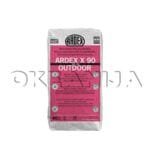
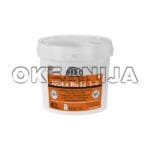


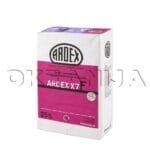
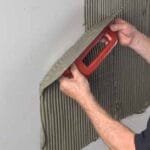






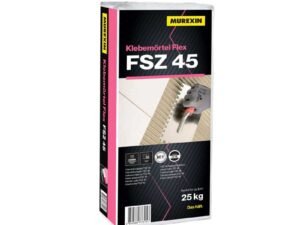











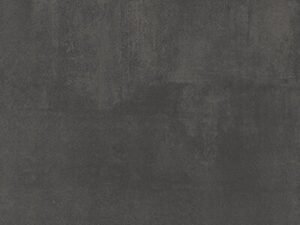
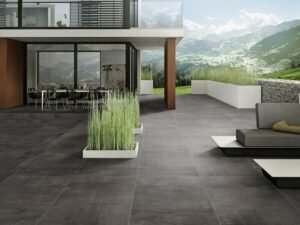
Reviews
There are no reviews yet.